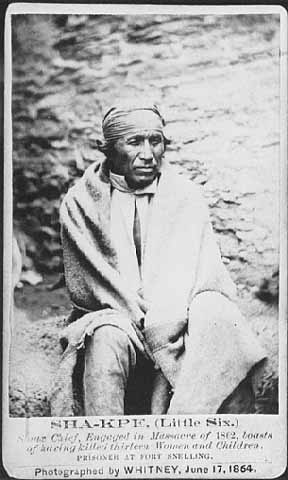Justice Sandra Day O’Connor wrote in her 1999 opinion upholding hunting and fishing rights in the case of Minnesota v. Mille Lacs: “We interpret Indian treaties to give effect to the terms as the Indians themselves would have understood them.” She said that to interpret the meaning of specific treaty provisions, one had to look “beyond the written words to the larger context” that framed the treaty—the history of the negotiations and the “practical construction adopted by the parties.”
Stories and articles have recently appeared in Minnesota newspapers and other media about assertions of hunting and fishing rights under the 1855 Ojibwe treaty, which covers a large chunk of northern Minnesota. Since I was an expert witness for the Mille Lacs Band of Ojibwe in 1994 in their treaty case involving the Treaty of 1837, I have been asked by several reporters to comment about the issues raised by several Ojibwe groups about the Treaty of 1855. I have talked with some of these reporters, but I do not plan to tell them my opinion about the meaning of the 1855 treaty for hunting and fishing rights in the area covered by that treaty.
Normally it is a terrible idea for anyone who gives expert historical testimony in treaty cases to talk to reporters about their opinions of those treaties. My full opinion on any treaty does not consist of any single casual remark I might make about it (or, for that matter, a single piece on a blog I might write about it). No matter how carefully you might state your opinions about an issue when speaking to a reporter you never can be sure how much of it or in what form it is going to be reported. In an article by Dennis Anderson in the Star Tribune last week, I am quoted saying something about the difference between the Mille Lacs case and the current discussion of 1855 treaty rights. Reading this article I can see a little ambiguity in how my opinions were reported. I am not faulting Dennis Anderson for this, because it is really inevitable when an article only includes a few of the things you’ve told the person who wrote it. But since Anderson’s article is on the public record I need to clarify a point about what I told him. Here’s how I was quoted:
“They [the bands] are making a different kind of argument here, and it’s more challenging,” said Bruce White, a St. Paul historical anthropologist who was among the Mille Lacs band’s expert witnesses in their successful U.S. Supreme Court petition.
“In the Mille Lacs case, the 1855 treaty came up because there was no explicit termination of hunting, fishing and gathering rights in it. That meant the rights still existed. I’m not saying [the Leech Lake and White Earth treaty case] is impossible. But it’s challenging.”
The point I was making here was that the 1855 treaty included no specific termination of the treaty rights reserved in the 1837 treaty. Since the 1855 treaty did not explicitly terminate them, that meant that the 1837 rights were not affected by the 1855 treaty. That was essentially how the U.S. Supreme Court ruled on the issue in 1999. As Justice O’Connor put it: “An analysis of the history, purpose, and negotiations of this [1855] Treaty leads us to conclude that the Mille Lacs Band did not relinquish their 1837 treaty rights in the 1855 Treaty.”
But what about other hunting and fishing rights, in the area ceded under the 1855 treaty? That is a question that was not settled by the 1999 Supreme Court decision. When I spoke to Dennis Anderson I did not say anything about the hunting and fishing rights in the area of the 1855 treaty under that same treaty, except to say that it could be a more challenging case to mount than the Mille Lacs case for a number of reasons. But it certainly is a case that could be made. It depends, in part, on what research into the history of the treaty would show.
To really know about the issue of treaty rights under the 1855 treaty, about the rights that were preserved in the treaty territory (which borders, but is not the same area as the 1837 area) you or I would have to study the issue in great detail, compiling all the available information about the historical context of the treaty and the understanding of the Indian people who signed it. There are a lot of common features among treaties, but there is no substitute for studying the context of each individual treaty.
The main point though, remains, and it is the reason that I spoke to Dennis Anderson and may speak to other reporters: It is important to understand that Indian treaties are the law of the land. They are not old forgotten documents. They are an enduring legacy for all of us, not just Indian people. They must be interpreted in the light of the understanding of the Indian people who signed them, and within the full historical context of their signing.
For more on this you can read an article of mine which is coming out in a new book in a couple of weeks. The article is called “The Myth of the “Forgotten” Treaty: Traditions about the St. Peters Treaty of 1837″ and it will appear in The State We’re In: Reflections on Minnesota History, edited by Annette Atkins and Deborah L. Miller, to be published by the Minnesota Historical Society Press (Publication date: June 1, 2010, $24.95). It is a collection of papers from a conference in 2008 that marked the 150th anniversary of Minnesota. Treaties are an important legacy of Minnesota’s history. That’s the bottom line.



